Since 1949, January 15 has been celebrated as Army Day every year, to mark the day General KM Cariappa, who later became Field Marshal, took over as the first Indian Commander-in-Chief of the Indian Army from Gen F R Roy Bucher.
During the celebrations on Saturday, which also included a parade and an address by Army Chief Gen M M Naravane, the new combat uniform for the Indian Army was unveiled.
The new uniform will be made available in a phased manner to the nearly 12 lakh personnel of the Indian Army.
Why does an Army’s uniform matter?
Uniforms are one of the most distinctive identifying features for any military force. The uniform not only differentiates civilians from military personnel, and between personnel of different militaries, it also engenders togetherness, conformity, and discipline among the personnel.
The new uniform was unveiled with the soldiers of the elite parachute regiment marching on Army Day.
How is the new uniform different from the Army’s old uniform?
The main changes in the new uniform, compared to the old one that has been in use since 2008, are with regard to the camouflage pattern, design, and the use of a new material.
While the new unique camouflage pattern retains the combination of the same colours — olive green and earthen shades — the pattern is digital now. It has been designed keeping in mind the many kinds of operational conditions that the soldiers function in, from deserts to high-altitude areas, jungles and plains.
How is the fabric used in the new uniform different?
This is the other important change in the uniform. The fabric for the new material makes it lighter, sturdier, more breathable, and more suitable for the different terrains that soldiers are posted in.
The cotton-to-polyester ratio is 70:30, making it quicker to dry, more comfortable to wear in humid and hot conditions, and lightweight.
According to the Army, it is an ergonomically designed, operationally effective, new-generation camouflage combat uniform. The fabric is 15 per cent lighter, and has 23 per cent more strength against tearing, against the current uniform.
The ergonomic features allow for long-hour use and comfort, and micro features are inbuilt for the use of the wearer in field conditions.
What about the components and the style of the uniform?
The new uniform, unlike the old one, has a combat T-shirt underneath and a shirt over it. Also, unlike the older uniform, the shirt will not be tucked in.
The “jacket”, as the shirt is called, has angular top pockets, lower pockets with vertical openings, knife pleats at the back, a pocket on the left sleeve, a pen holder on the left forearm, and improved-quality buttons.
The trousers will be adjustable at the waist with elastic and buttons, and has a double layer at the groin.
For the caps, the girth will be adjustable, and the logo of the Army will be of better quality than earlier.
For the first time, a modified version of the uniform has been developed keeping in mind the specific requirements of lady officers and troops of the Army.
Who designed the uniform, and who chose it for the Army?
The design process, although finalised by Army Chief Gen Naravane, was initiated before Gen Naravane took over in January 2020. However, once a few designs were shortlisted, the choice was ultimately a collective decision of the Army Commanders.
Designed by a team of 12 people at the National Institute of Fashion Technology (NIFT), which included seven professors, three students, and two alumni, the uniform was created through a consultative process with the Army, keeping in mind the “4Cs” — comfort, climate, camouflage, and confidentiality.
The fabric was selected out of five options curated specifically for the Army by NIFT, and the finalised pattern was one of the 17 options that were specially designed.
Domain-specific experts for fabric, camouflage patterns, and designs were engaged, and prototypes were prepared through a continuous consultative process.
Will the uniform be available in markets around the country?
While all militaries update their uniforms with time, one of the factors that led to this change was the easy availability of the Army’s current combat pattern cloth across the country. Soldiers could get the cloth and simply have the uniform stitched.
To control random proliferation, the new uniform will come in over a dozen pre-stitched standard sizes. The uniforms will be barcoded and QR coded to maintain their uniqueness, and will be available only through the ordnance chain or military canteens.
The Army will issue tenders for private and public companies to manufacture the uniforms, and the uniforms will be issued to personnel in a phased manner.
Are all uniforms of the Army changing?
No. It must be noted that only the combat uniform has been changed. The Army has several uniforms, including the olive greens, as it is called, for peace area postings, and ceremonial uniforms.

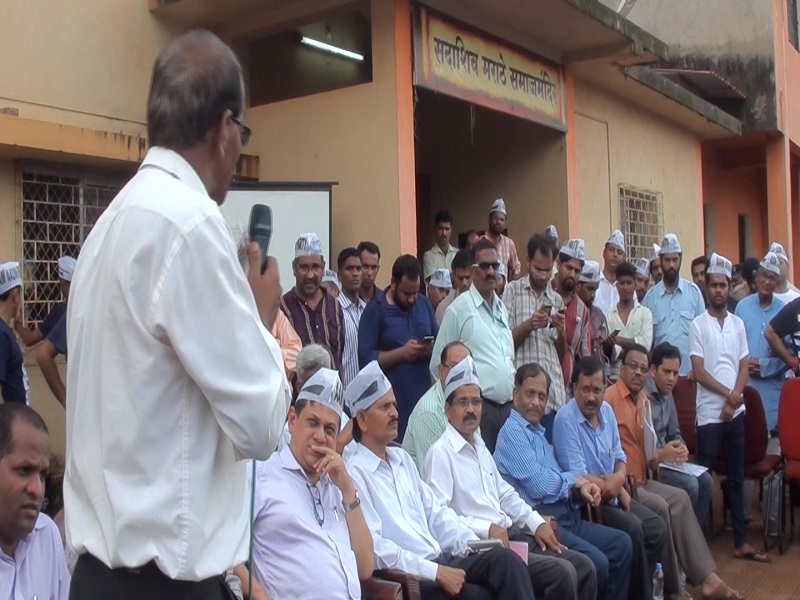
 Local7 years ago
Local7 years ago
 Crime8 years ago
Crime8 years ago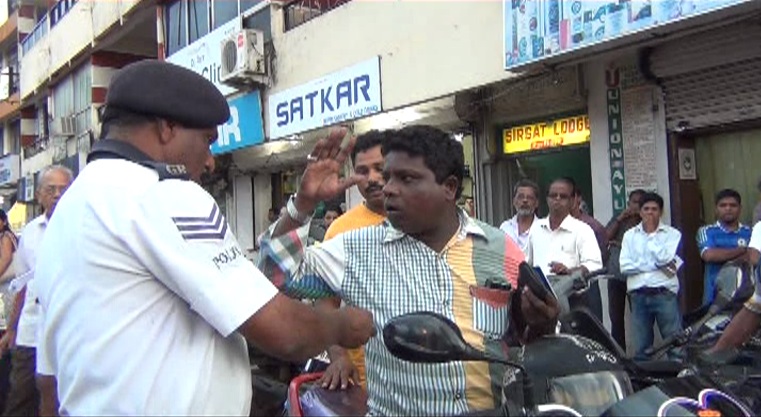
 Local8 years ago
Local8 years ago
 Top Stories2 years ago
Top Stories2 years ago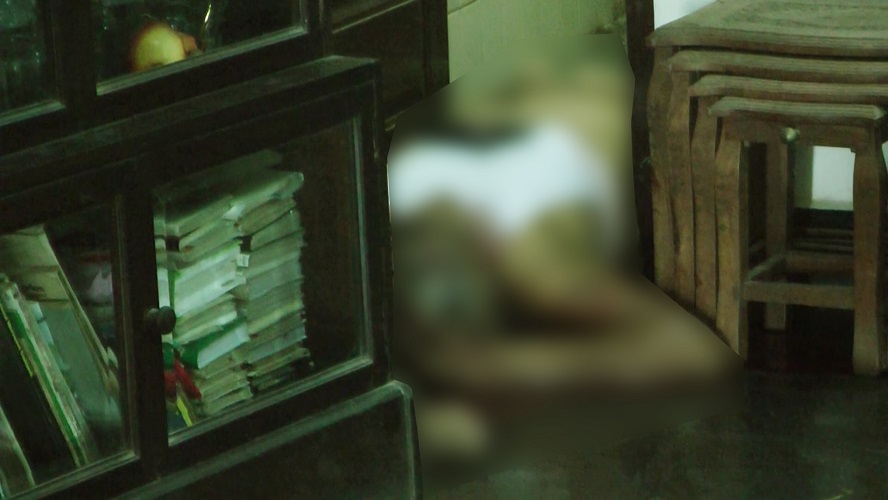
 Crime8 years ago
Crime8 years ago
 Crime8 years ago
Crime8 years ago
 Sports10 months ago
Sports10 months ago
 Crime8 years ago
Crime8 years ago






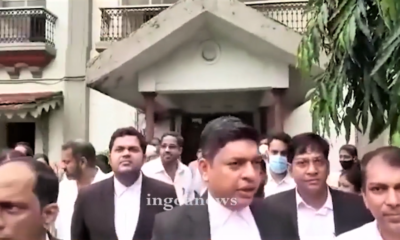

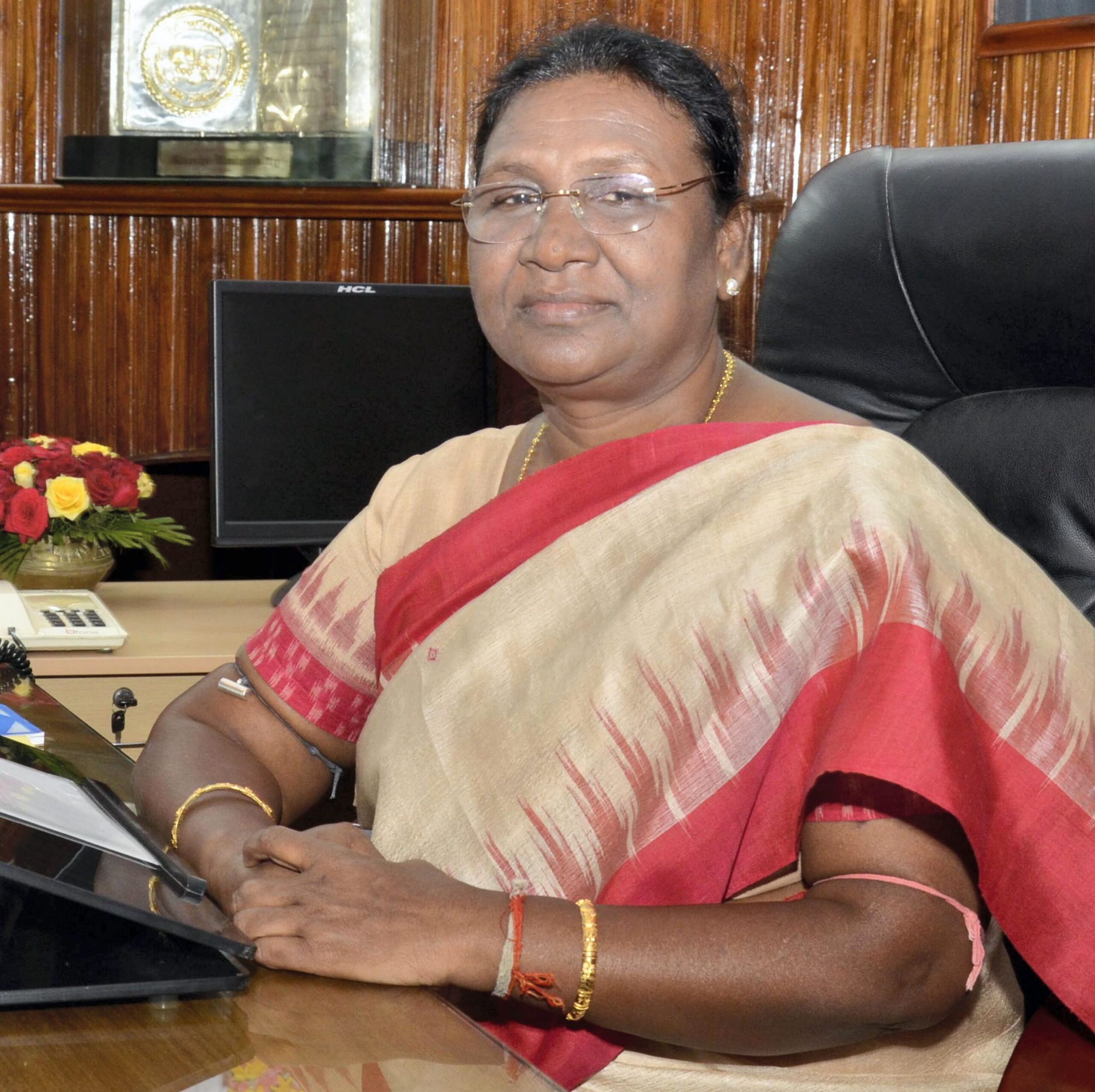
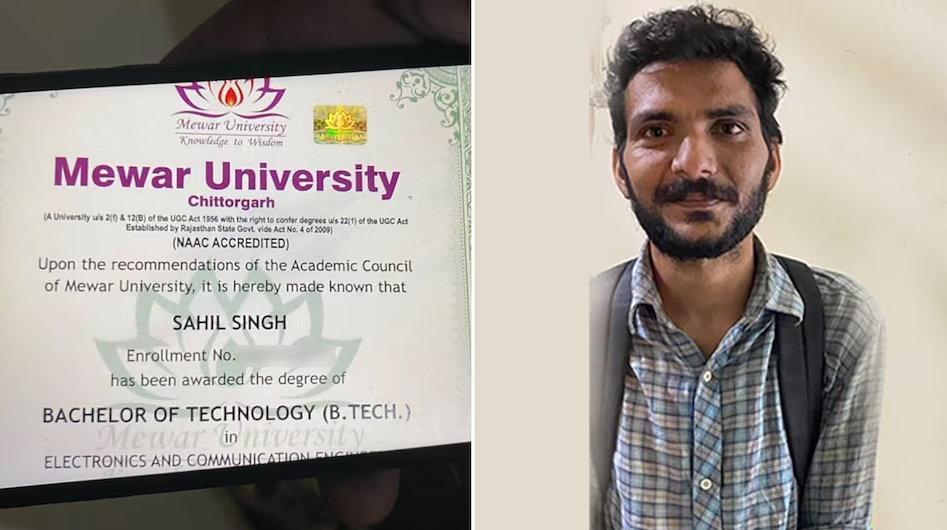
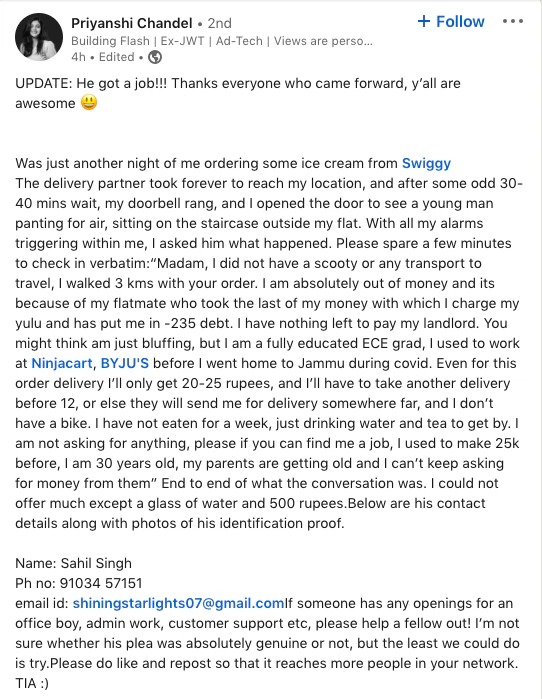
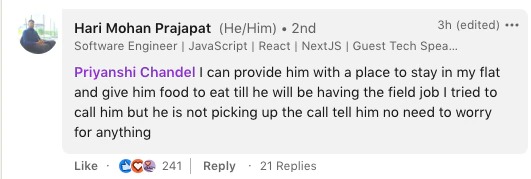







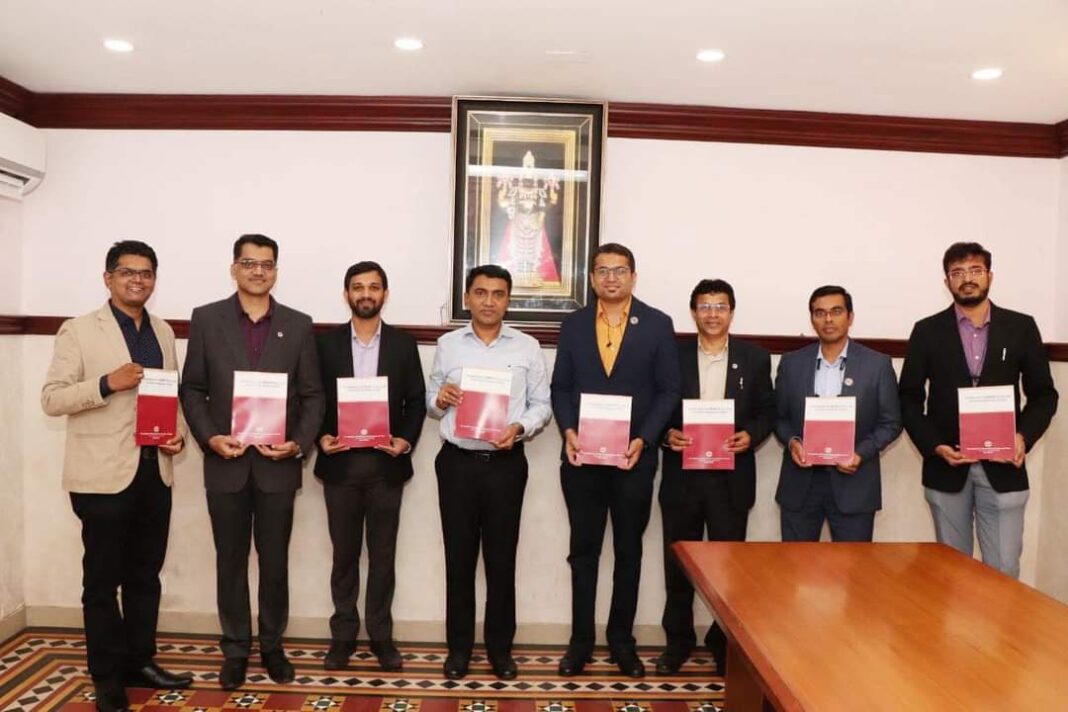
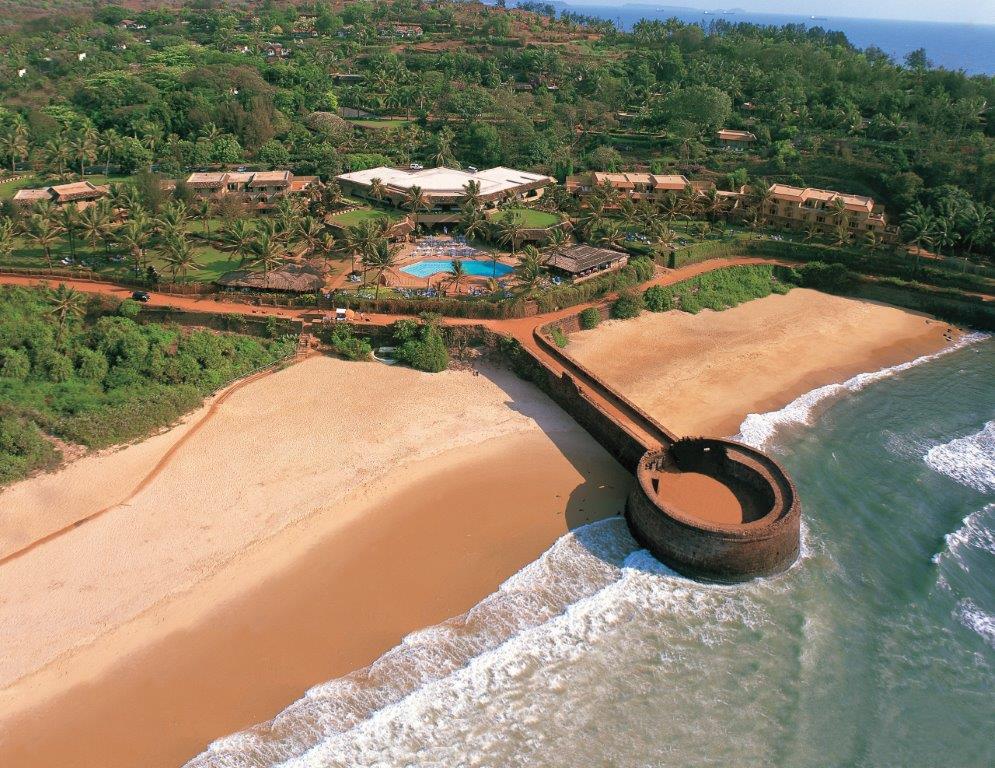
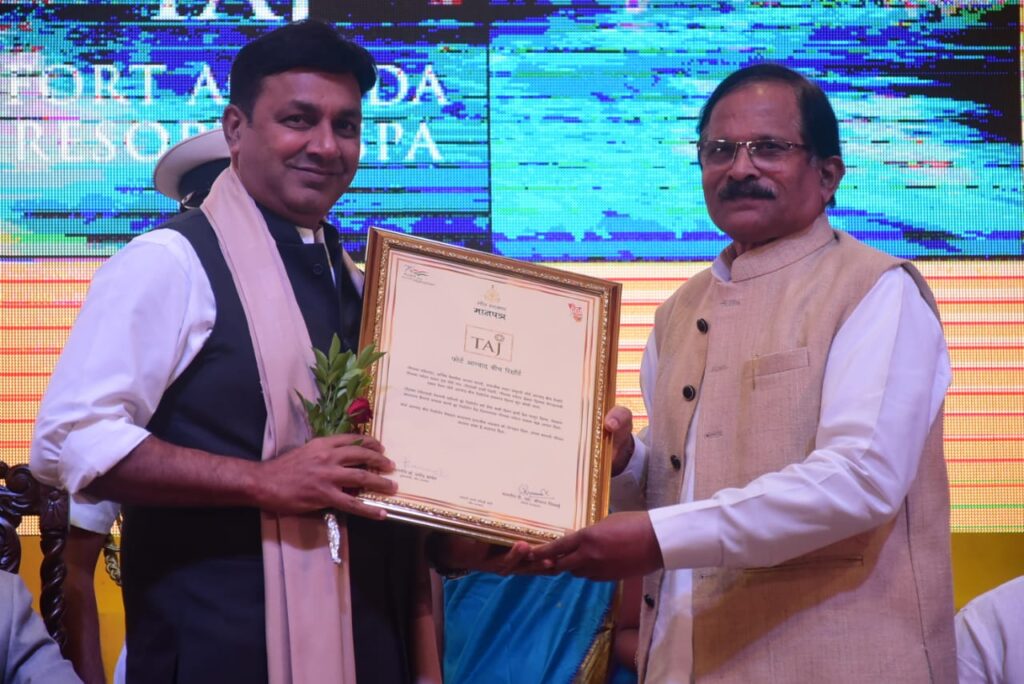
You must be logged in to post a comment Login